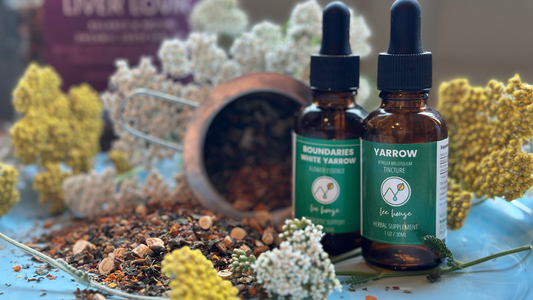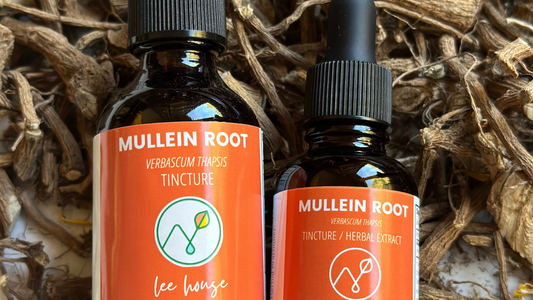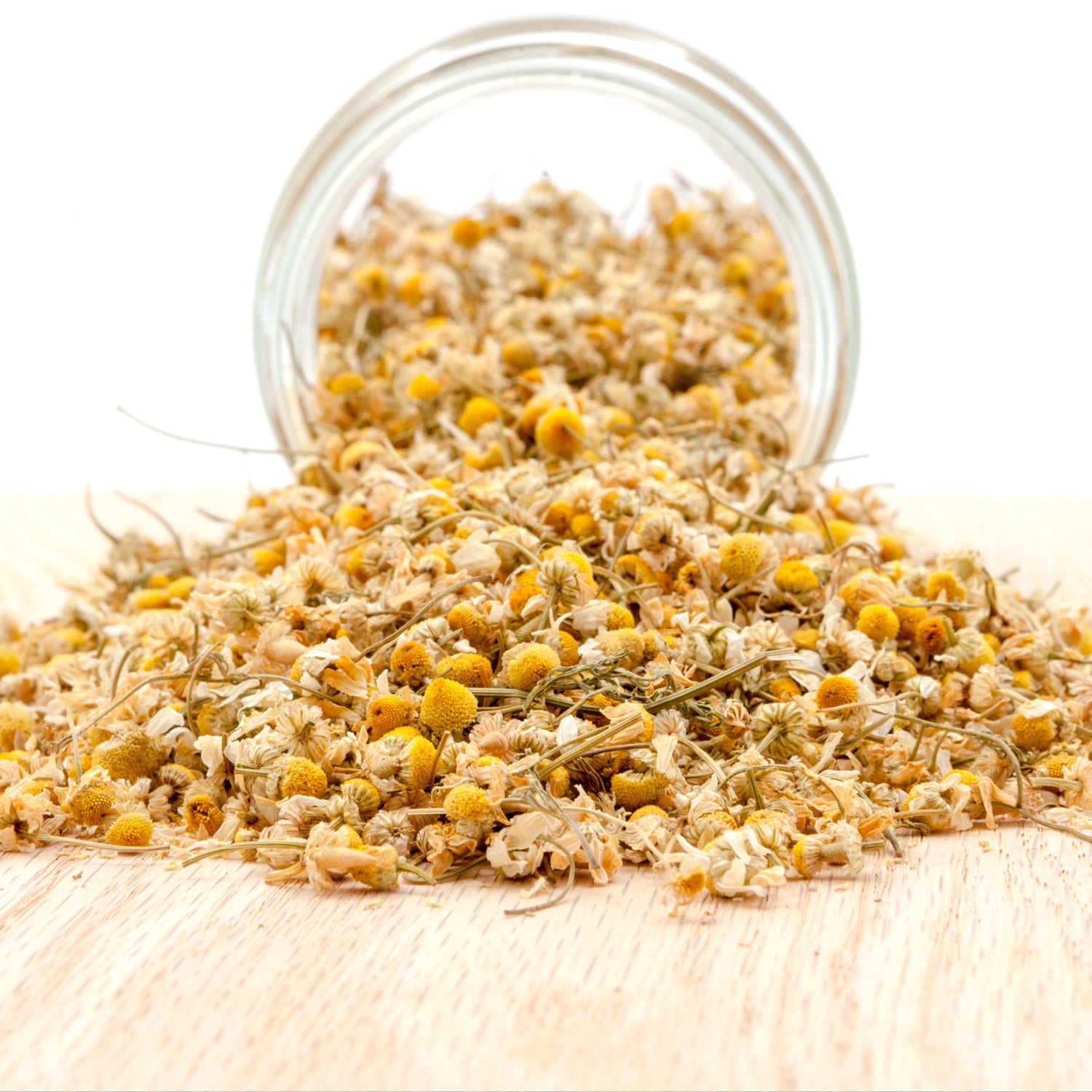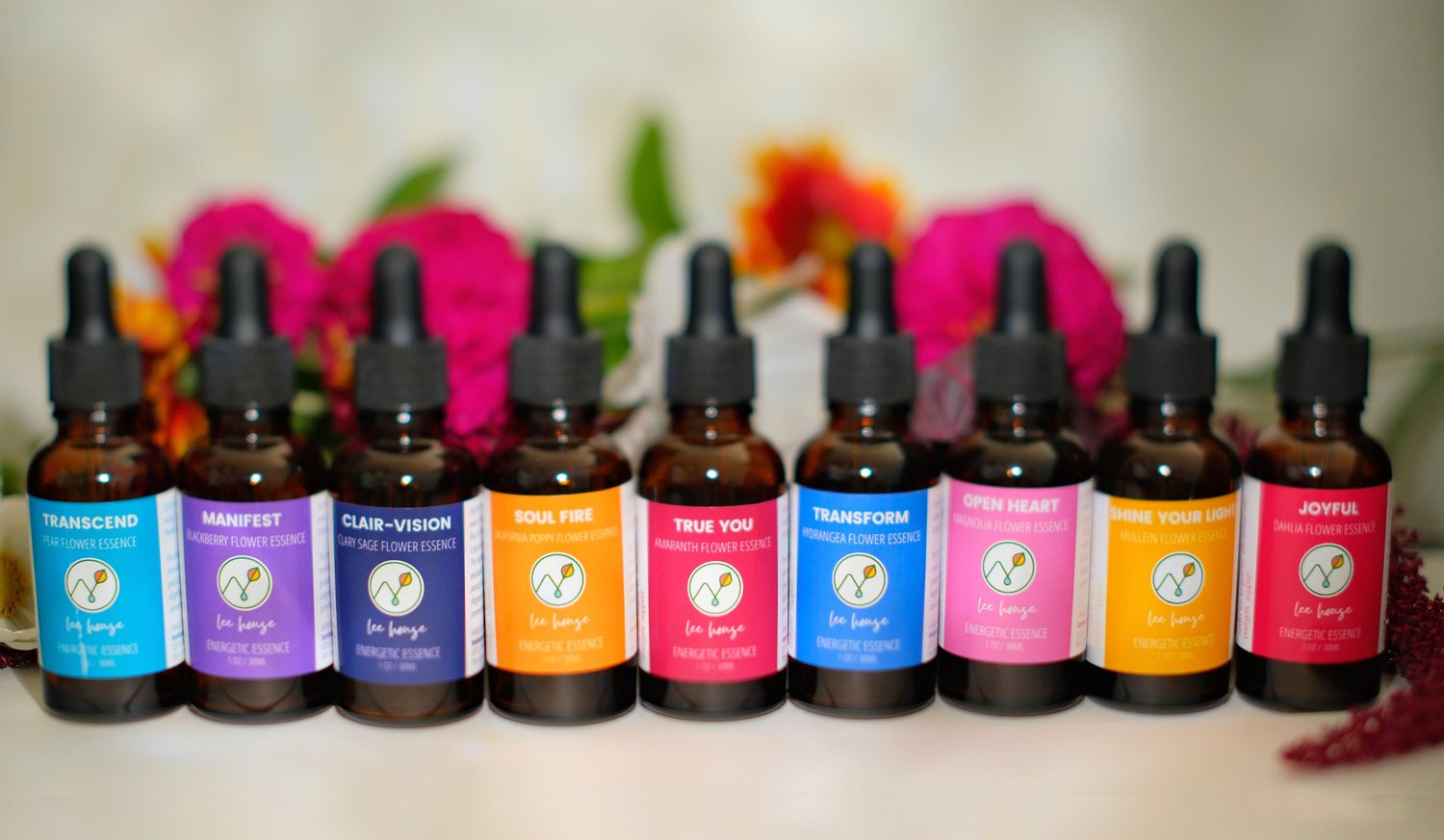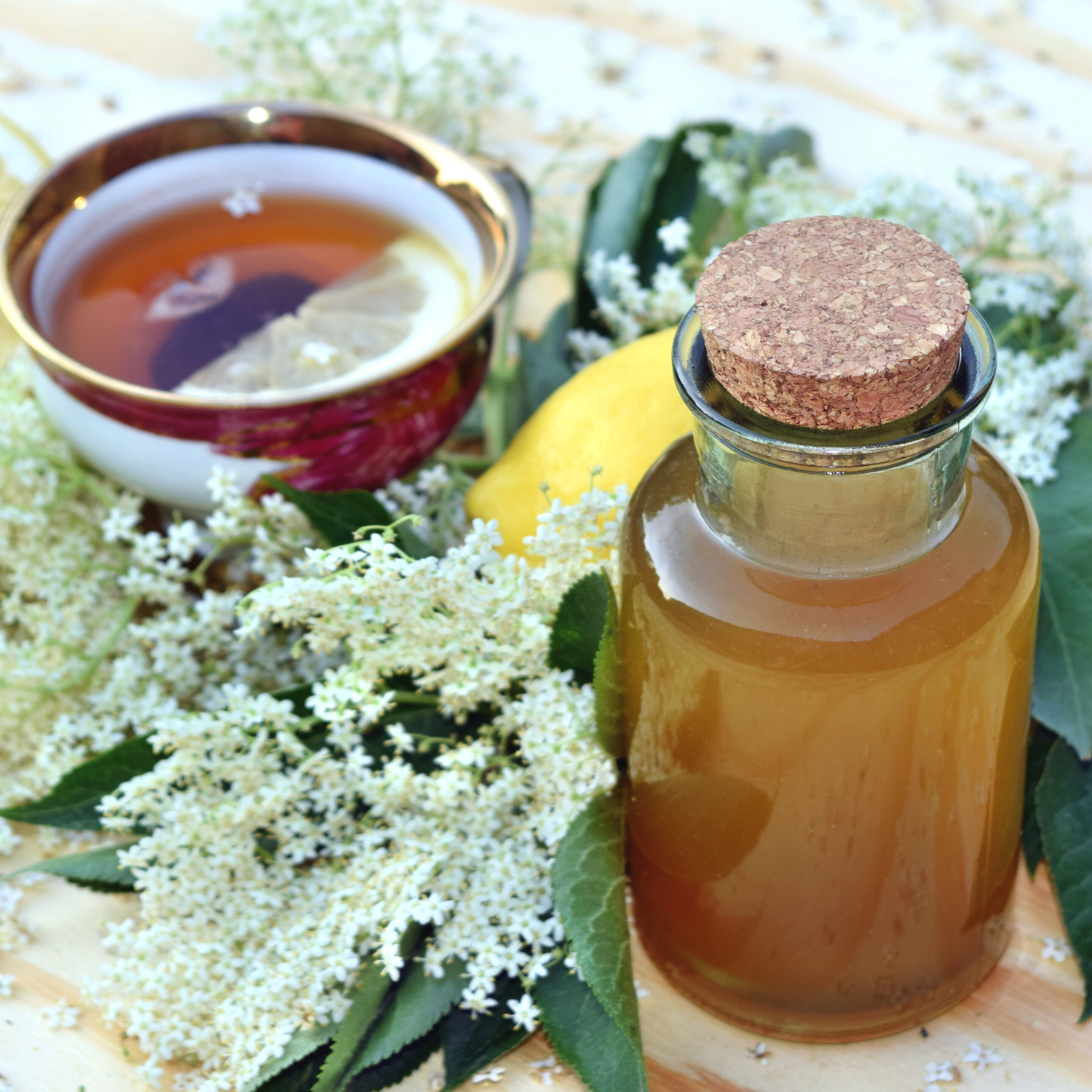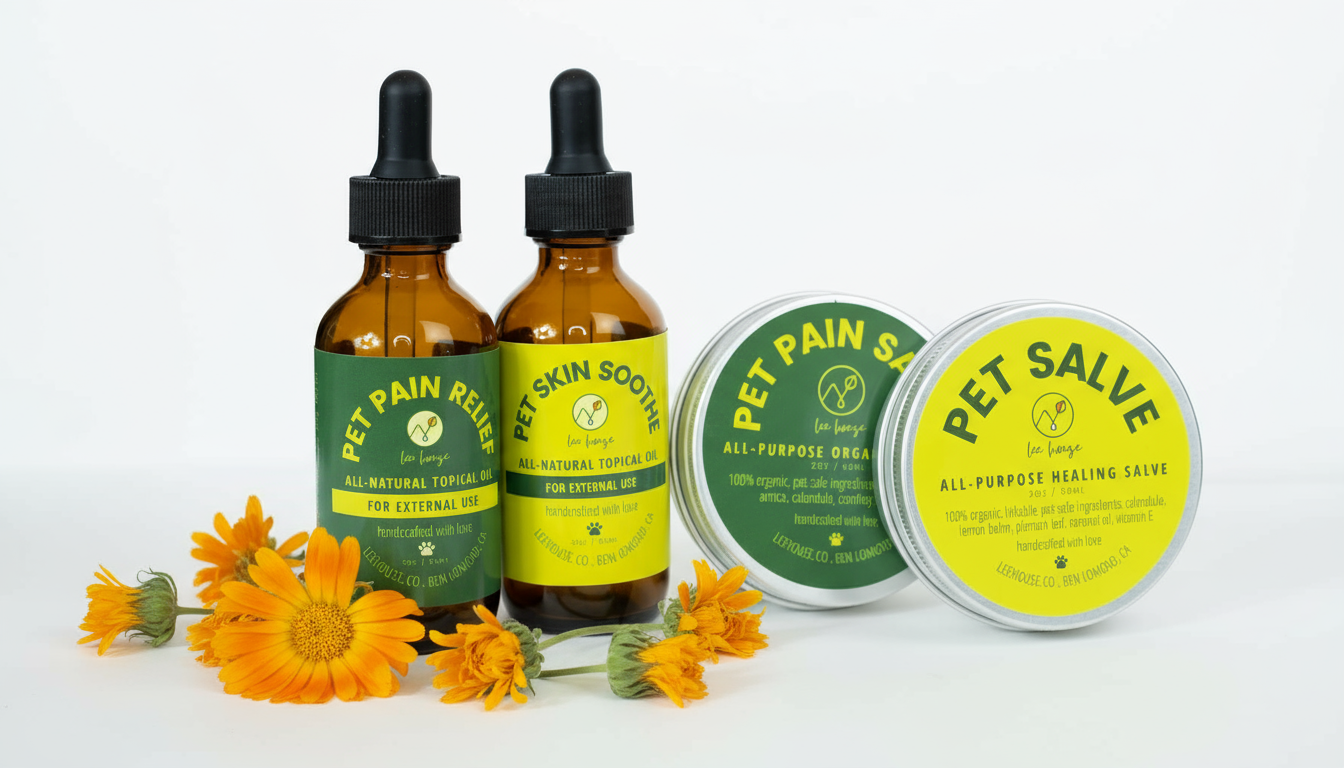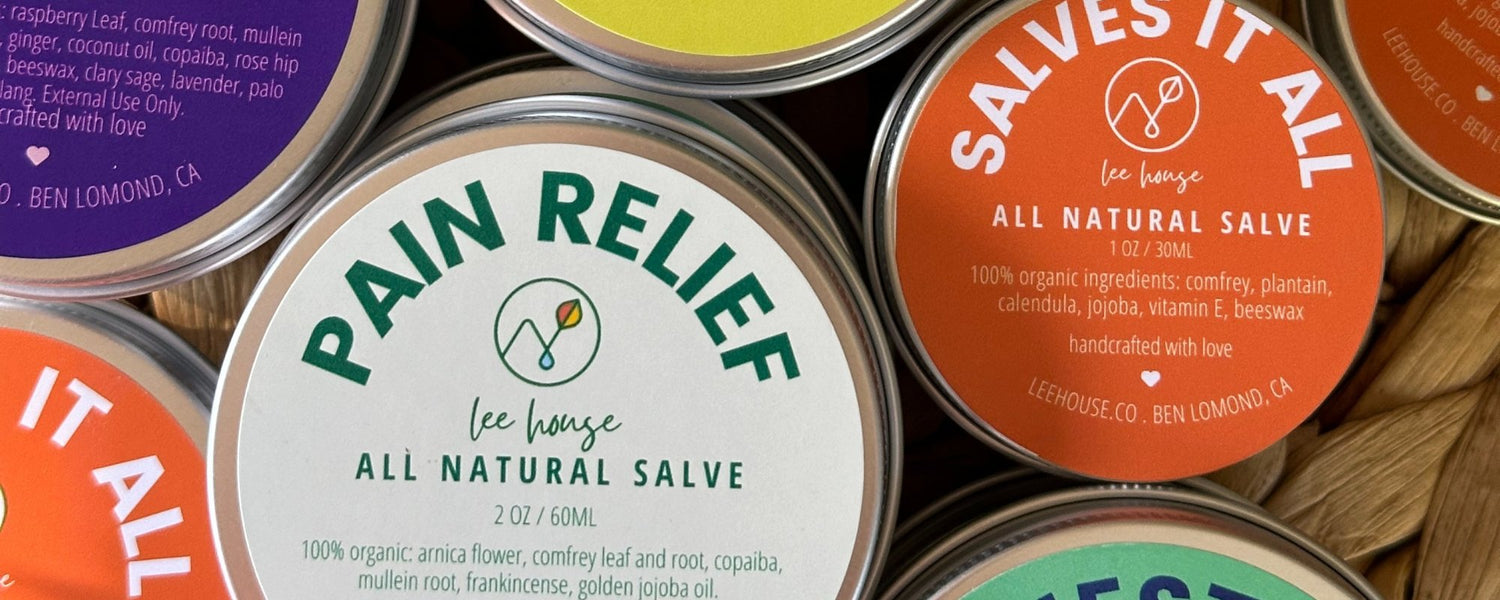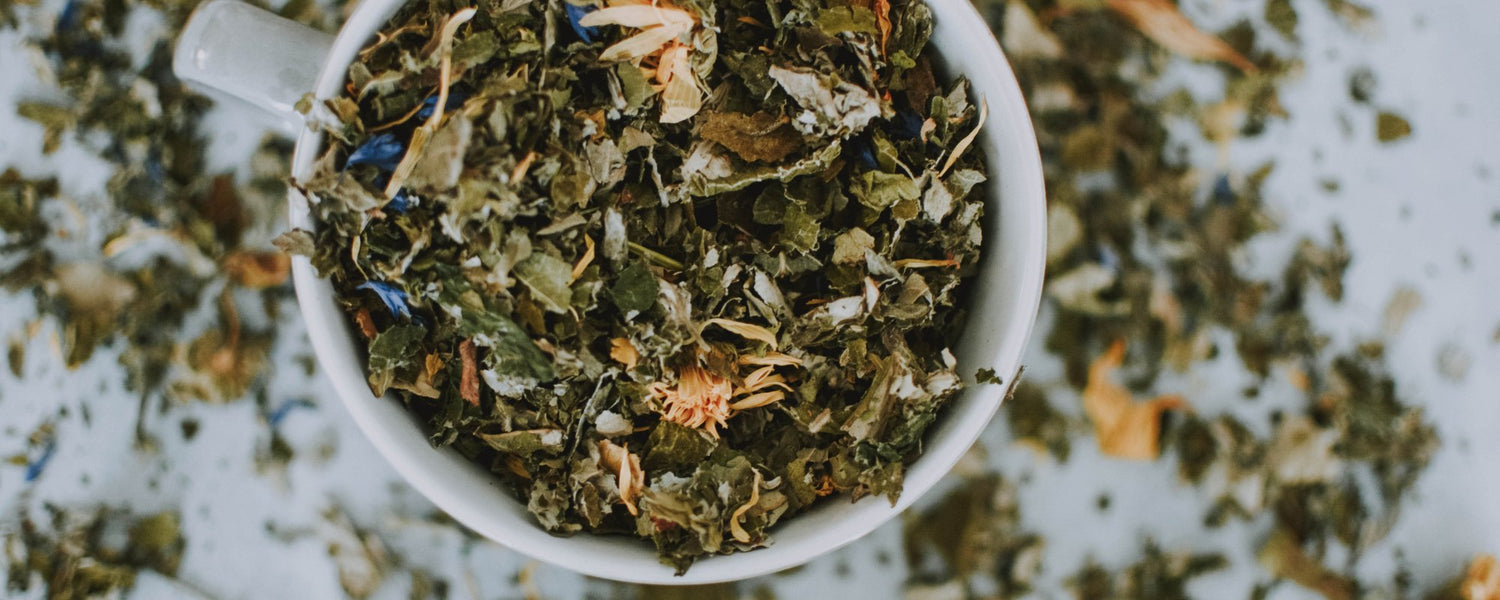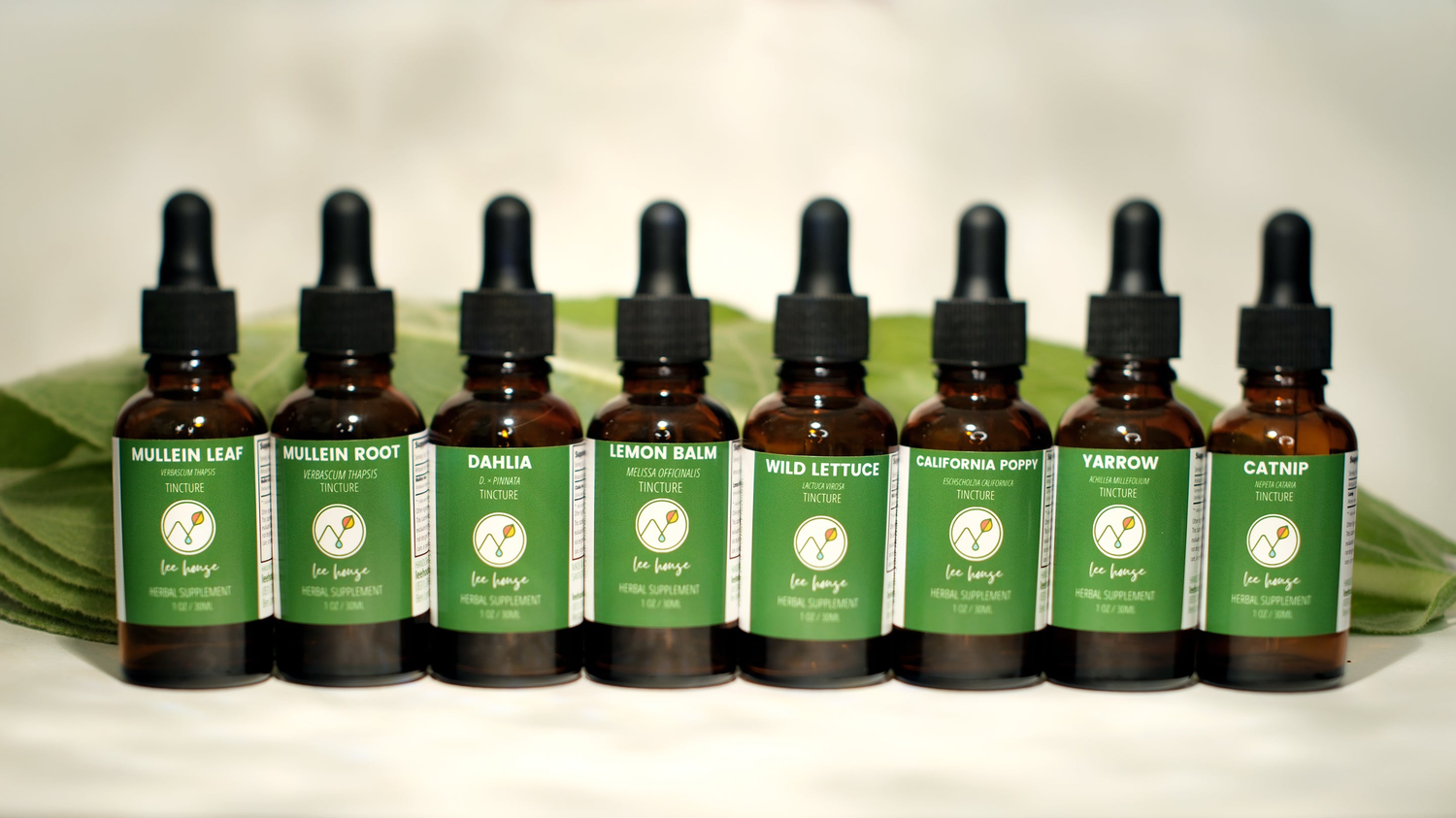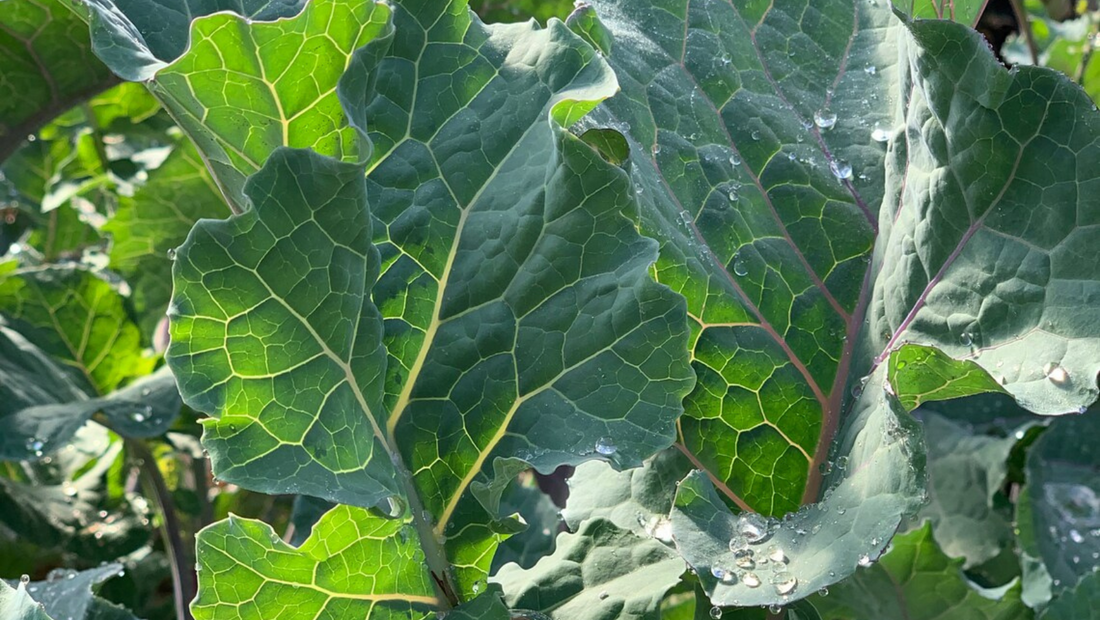
Perennial Purple Tree Collards: How to Grow and Care for these Perennial Brassicas
Share
Perennial Purple Tree Collards are a stunning and nutritious addition to any garden. These tall, leafy plants produce large, purple-tinged leaves that are packed with vitamins and minerals. Unlike traditional collard greens, which are annual plants, purple tree collards are perennials that can provide you with a continuous harvest year after year.
We created this growing guide for folks who purchase our tree collard plants from our online nursery. In this Growing Guide, we'll take you through the steps to grow and care for Perennial Purple Tree Collards, from selecting the right location to harvesting your crop. We'll also share some delicious ways to enjoy the bounty of your harvest, so you can make the most of this nutrient-rich vegetable.
A few facts about Perennial Purple Tree Collards:
- They can survive, and even thrive, in temperatures to about 20 degrees Fahrenheit
- In colder regions, they will grow as an annual
- In warmer regions, they grow continuously throughout the year
- Each plant can live 5-6 years, or longer! (Our plants are 6 years old)
- We find Purple Tree Collards are most productive during fall - spring in our milder Zone 9 climate. They provide a continuous source of super-nutritious greens for our family throughout the winter.
- Chickens LOVE Purple Tree Collards!
- Easy to propagate, easy to grow!
Rooting Perennial Purple Collard Cuttings
- When your tree collard cuttings arrive, plant them into a nursery pot right away. We suggest 1-gallon nursery pots, although 6- and 4-inch pots will work too. Use quality, clean, organic potting soil.
- Plant the cutting two or three nodes deep into the soil. For rooted cuttings, plant at soil level.
- Water thoroughly, then keep moderately moist until you are ready to plant outdoors or in a larger container. Don’t let the soil get waterlogged!
- In warmer climates, you may need to water daily. In cooler climates, once a week or so should be perfect.
- Place the cuttings in full sun, with light afternoon shade in hotter climates. In cooler climates, place in a greenhouse or southern-facing window.
- Tree collards will root best in mild weather - they don't love the heat. If it's hot in your zone, keep them in partial shade.
For ROOTED COLLARD CUTTINGS - or stems with roots:
Plant your collard immediately into a 1-gallon pot(or larger) or outdoors. They are ready to grow!
Where to Plant Your Tree Collards
Tree Collards are brassicas and love the same conditions as broccoli, cauliflower, regular collards, etc. However, they are very hardy and will tolerate a variety of conditions.
- In a hot climate, we suggest planting where they will receive light afternoon shade. In a cooler climate, full sun is perfect.
- If you don’t have a garden bed or want to keep your tree collards portable, you can plant tree collards in a large pot, ½ wine barrel, or another large container with drainage.
Planting Your Tree Collards
Your collard trees can grow upwards of 5-6 ft tall! If you want to keep them shorter, top them off after one year to create bushier growth. Decide which method you want to try before planting. This will ensure your collards have enough space to grow!
- If growing tall, we suggest space them two and a half to three feet apart.
- If growing bushier, definitely give them at least 3 feet of space between plantings.
- To plant, just dig a hole big enough to fully cover the root ball, add a handful of compost, and plant!
Watering Guidelines
Tree Collards love low to moderate water and well-aerated soil. If you want large plants with a big harvest, you will need to make sure they get supplemental irrigation during dry months.
They will die in waterlogged or soggy soil, so if your area is prone to this, consider planting in a pot.
Pruning, Staking, & Harvesting
Tree Collards don’t need a lot of maintenance. To create bushier, more compact growth, it is important to prune them periodically. But, the truth is, if you o nothing, the trunk will grow long the ground and send up runner trunks that also produce healthy leaves for eating. We allow a few of our collard trees to do this as it creates more cuttings for propagation.
If you want them to grow like a tree, you will need to provide a strong stake. We use metal t-posts, and usually add the stake once the collards are about 2 feet tall. The stake should be at least 5 feet above the ground. Use a strong tie back to attach your collards. Staking keeps your collard trees standing tall during storms or high winds, and helps them retain their nice bushy shape.
Harvest as needed! We prefer to eat the mid-size leaves, finding the older leaves to be tough and the young leaves not quite flavorful enough. The leaves taste best in the winter and earlier spring,and you'll notice their piurple color deepens after a light frost.
Create More Tree Collards! Propagation Tips:
Once established, you can make cuttings from fresh growth tips.
- Make sure the growth tip is at least 4 inches long.
- Cut the tip at an angle.
- Remove all of the leaves except the newest leaf at the end.
- Pot in soil, keep moist, and have fun growing Perennial Purple Tree Collards :)
Here are some ways to enjoy eating Purple Tree Collards:
- Steamed or sautéed as a side dish
- Blanched and used as a wrap for savory fillings
- Chopped and added to soups and stews
- Sautéed with garlic and olive oil as a topping for pasta or pizza
- Roasted - add a handful in the last 15 minutes of cooking roasted meats and veggies
- Added to green smoothies or juices for a nutrient boost.
- Dehydrate leaves and make Collard Chips (don't forget to add your favorite umami seasoning!).
- Ferment leaves into kraut
The bottom line is that collards are easy to grow and prolific. Once you establish your plants, you can easily create new cuttings and plant more, even experimenting with different growing styles.
Learn more about growing medicinal herbs from our Growing Guides Series.

